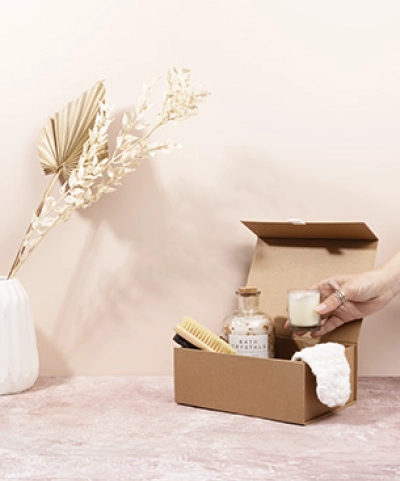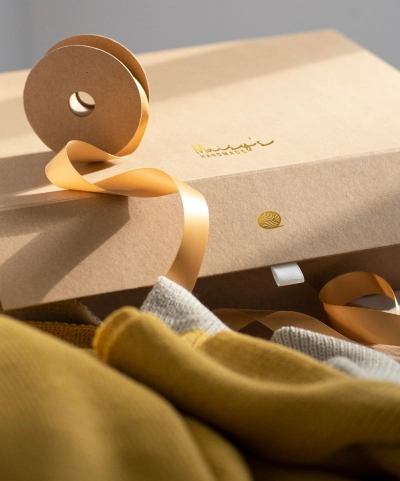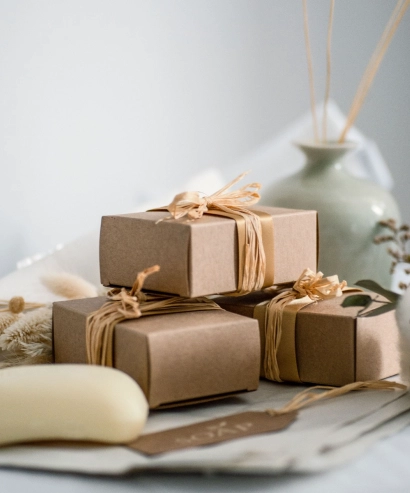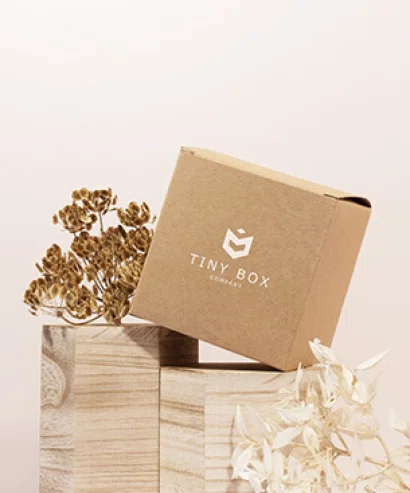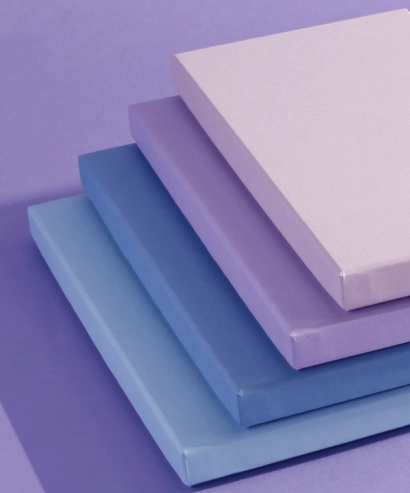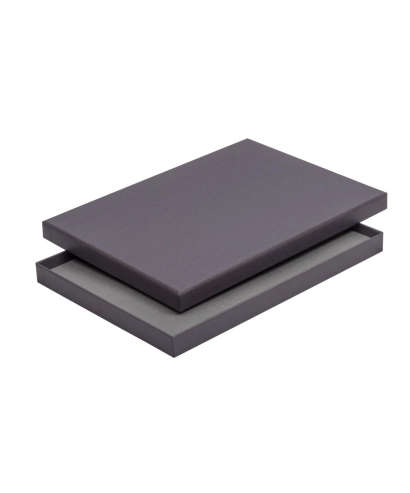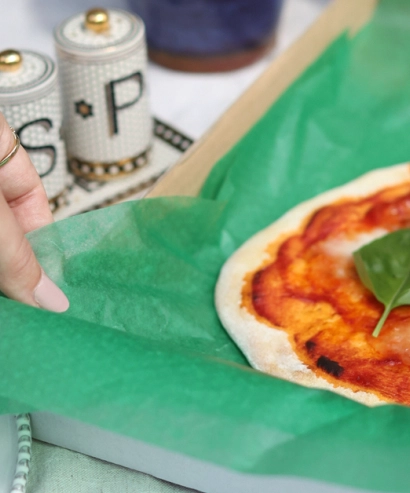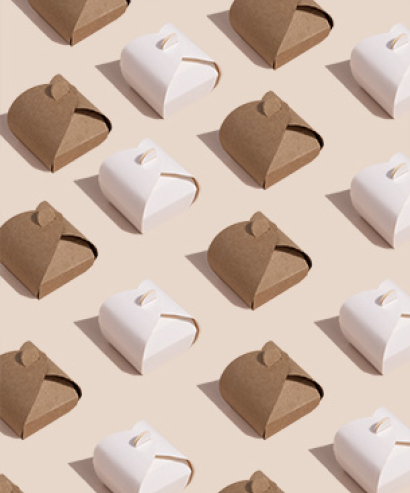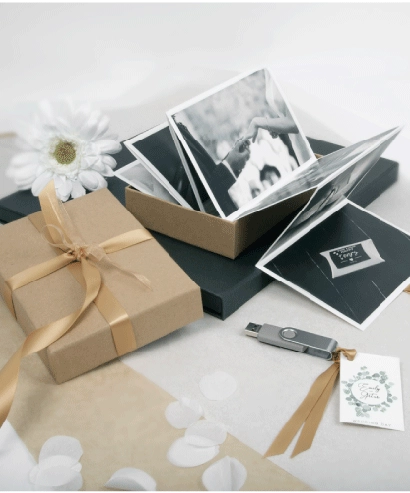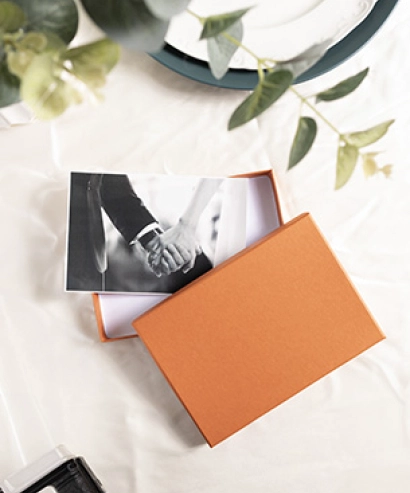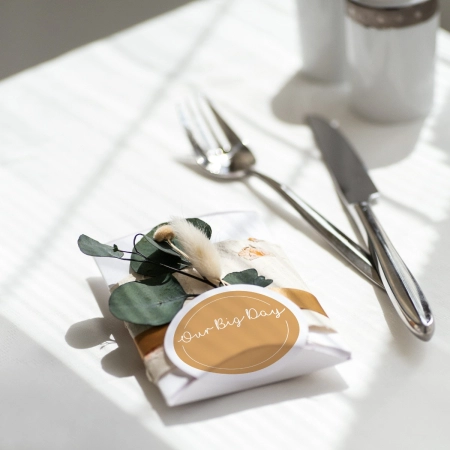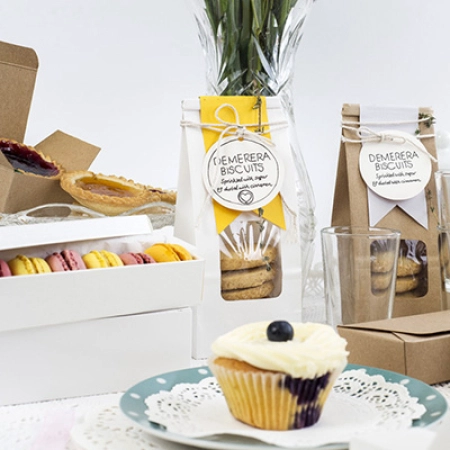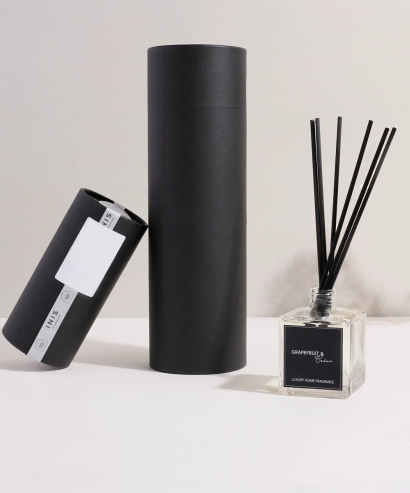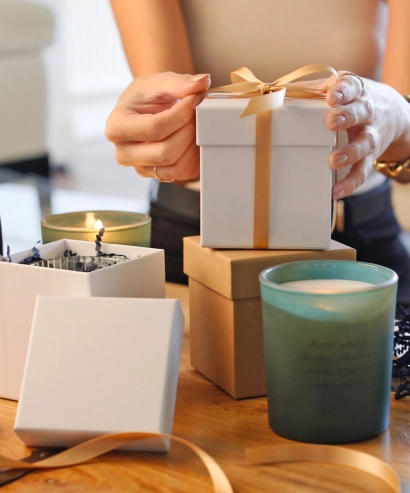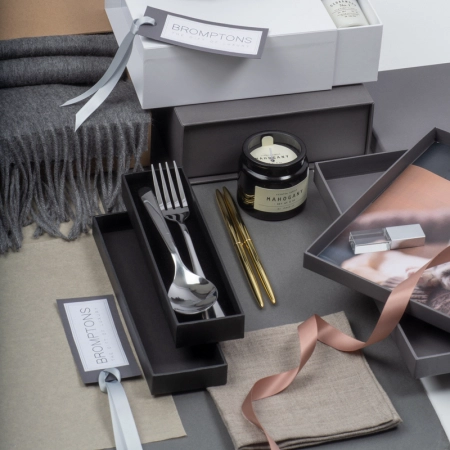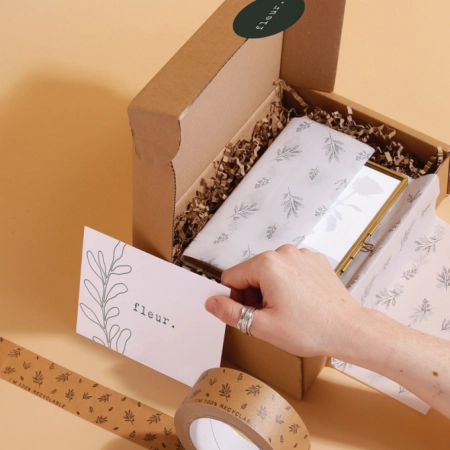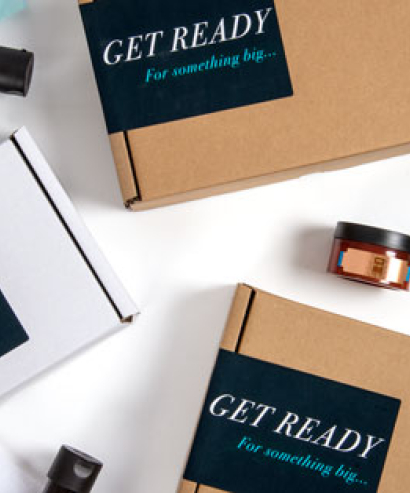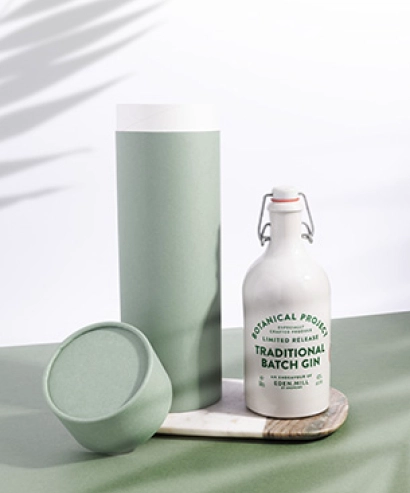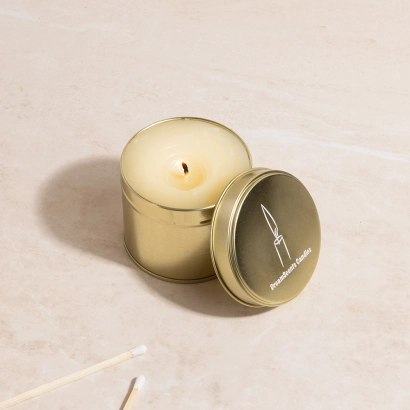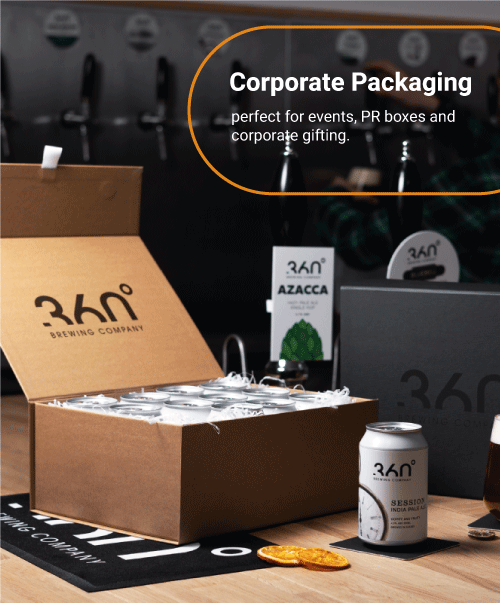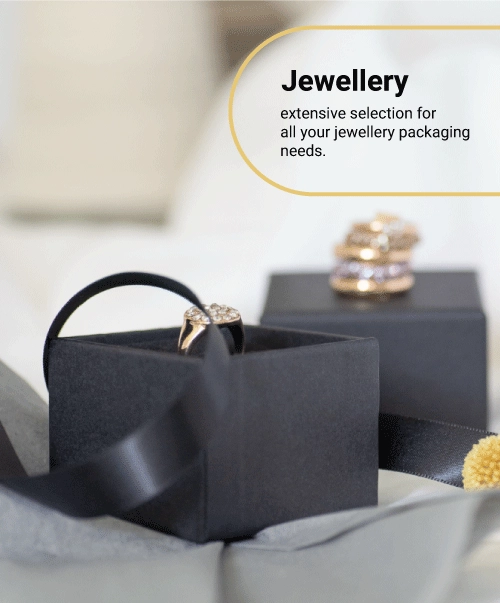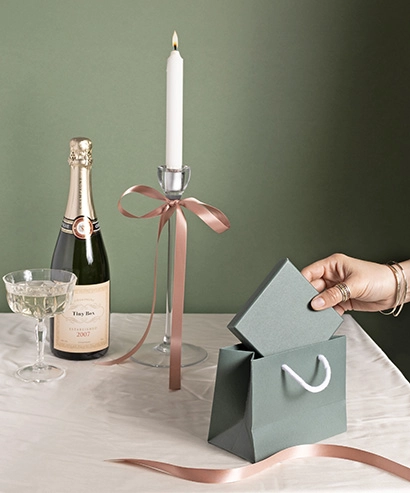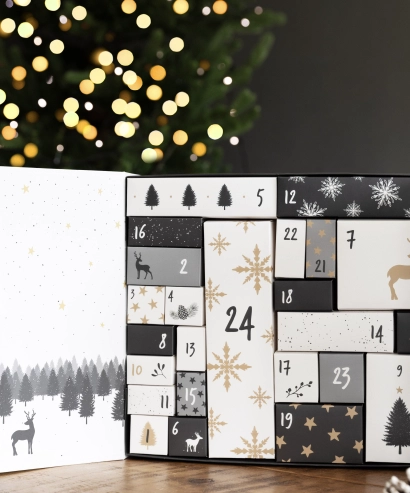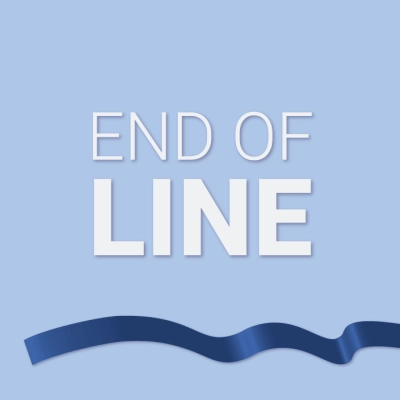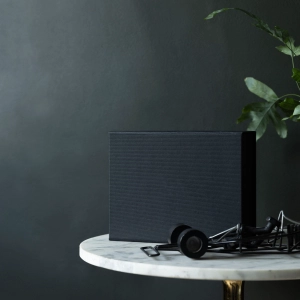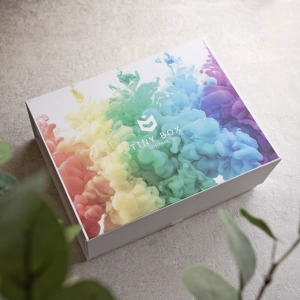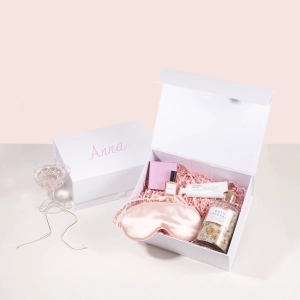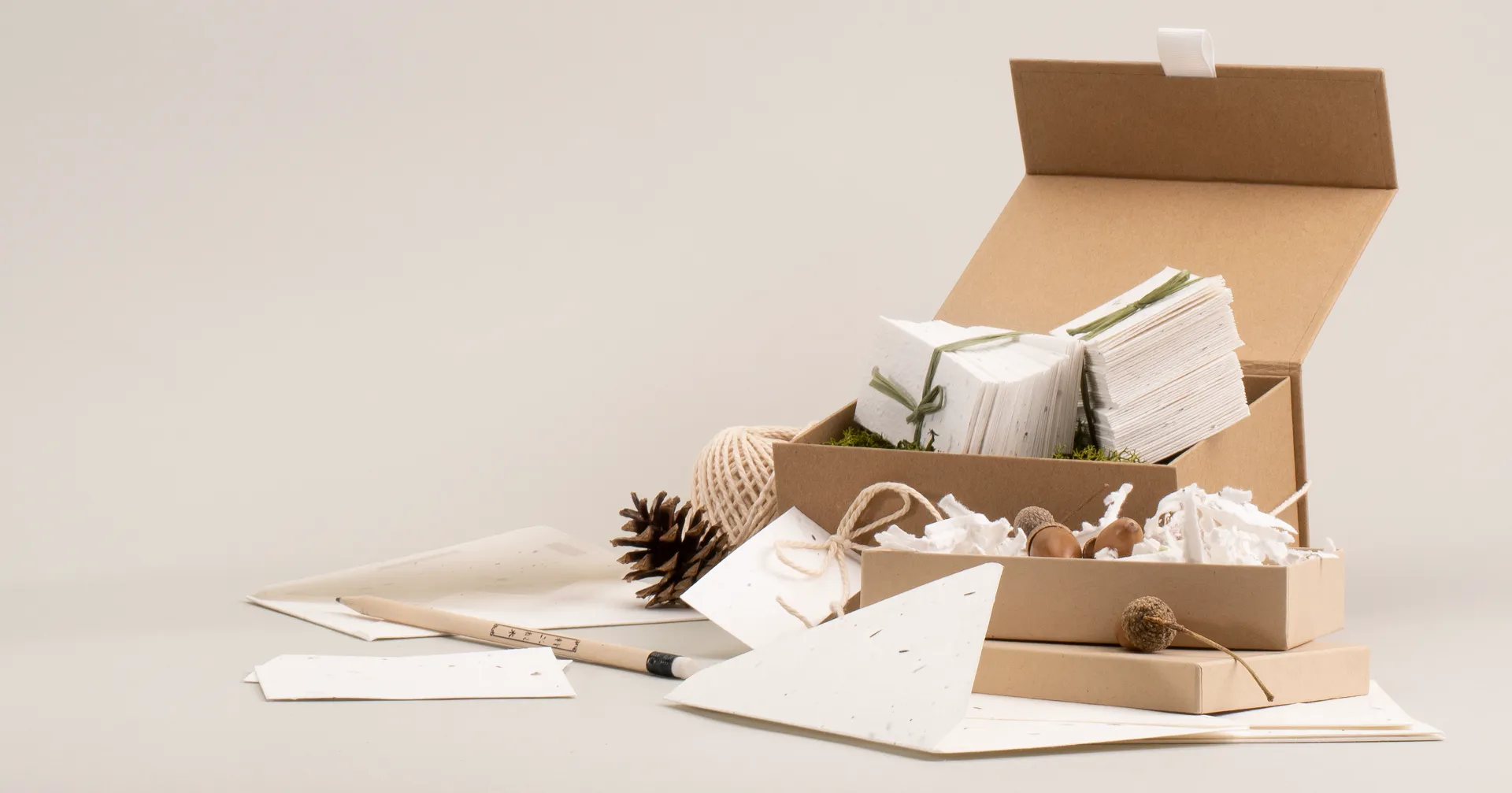Wildflower seeds in paper?
Seeded paper, also known as plantable paper or growing paper, is a type of paper that contains seeds and can be planted to grow into flowers, herbs, or vegetables. The process of creating seed paper begins with the production of traditional paper pulp, which is made from plant fibres such as wood, cotton, or bamboo. The pulp is then mixed with a variety of seeds, typically small seeds such as wildflowers or herbs, and formed into thin layers or sheets.
How is seed paper made?
To create the plantable seed paper, wood paper fibres are first mulched down into a pulp and mixed with the seeds of choice. The seed-infused pulp is then soaked in warm water to soften the fibres and make them pliable. The soaked pulp is then shredded into small pieces using a paper shredder or similar device. The shredded pulp is then blended with as much water as needed to create a moist, dough-like mixture.
Next, the seed paper pulp mixture is pressed or shaped into the desired form, such as sheets for wedding invitations or gift tags, or into specific shapes for plant pots or decorations. The seed paper is then left to dry, either by air drying or by baking in a low-temperature oven. Once the paper is dry, it is ready to be planted! But how...
How do I plant seed paper?
To plant the seed paper, start by shredding a sheet or two in a large bowl, then fill a pot with fresh, damp soil and place some shredded seed paper on top. Soak the paper and cover the soaked paper with one or two thin layers of soil in such a way as to protect it from too much sunlight. As the seed paper begins to break down, the seeds will start to germinate and sprout. Once the seedlings in the paper reach a large enough stem thickness, they can be transferred into a larger pot or a garden bed to continue growing. Remember to keep the paper moist while the seeds germinate but it's important not to overwater as they'll drown. If the soil is too wet, leave it to dry out a little more, or alternatively carefully poke holes into the soil and insert a small amount of dry newspaper. The paper will help soak up the excess moisture which you can then spoon back out.
Why shouldn't I plant my wildflower seed paper in the wild?
So this one stumped me at first too. Plantable seed paper seems to be the perfect option for those wanting to give back to nature, so why can't I just plant the wildflower seeds in... Well the wild?
Well it turns out it's not quite that simple, go figure.
Local ecosystems can be extremely fragile, so the addition of foreign organisms can have a profound and lasting effect.
Planting flower seeds in the wild can actually be a criminal offence, depending on your version of "the wild". In the UK, 100% of land is owned by someone be it individuals, the government or even the crown, which shrinks "the wild" to technically nothing, and if you're caught introducing foreign or invasive organisms that may risk harming local wildlife through either direct contact (usually reserved for wildlife but some plants "strangle" others) you could be slapped with a fixed penalty of £1000 (£3000 if your planting efforts are business related!) so best stick to the garden.
What can I do with plantable seed paper?
In addition to its environmental benefits, seed paper is a fun and creative way to add a touch of nature to any occasion. Whether used as invitations or decorations for a wedding or as gift tags for presents, seed paper adds a unique and personal touch that is sure to be appreciated. So next time you need a special touch for your event or gift, consider using seed paper – not only will it look beautiful, but it will also give back to the environment by providing a new home for beautiful flowers, herbs, or vegetables.

